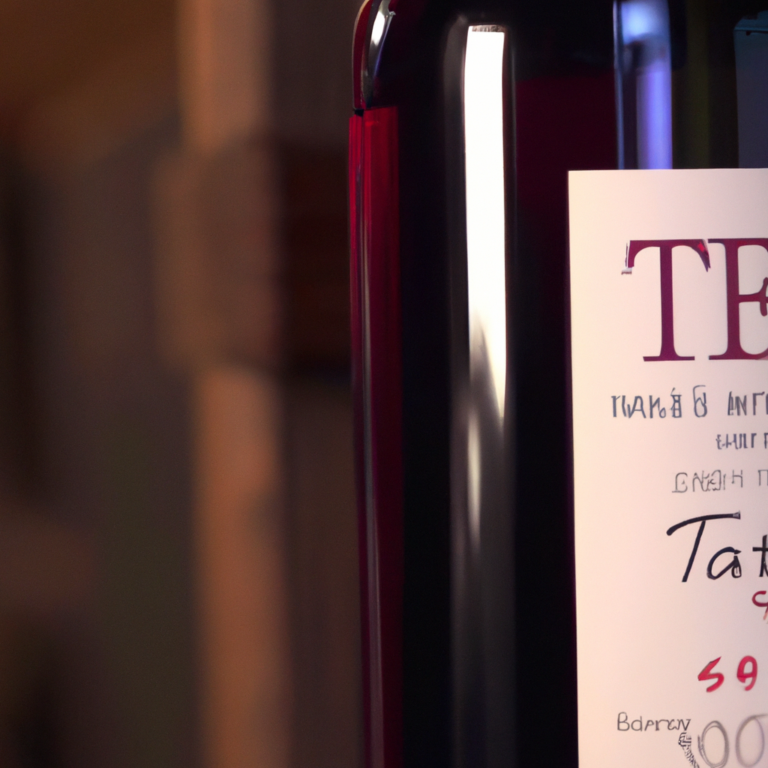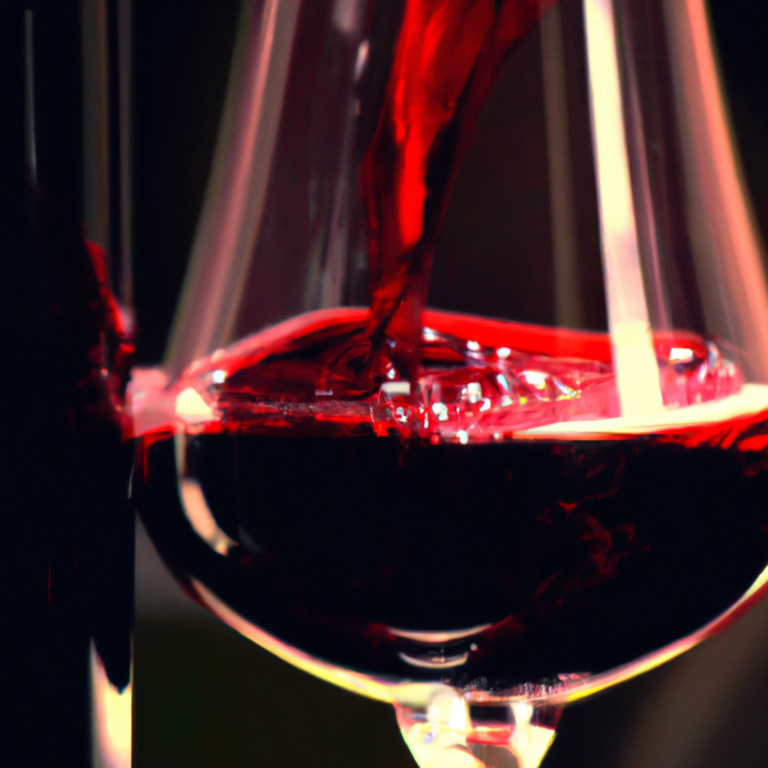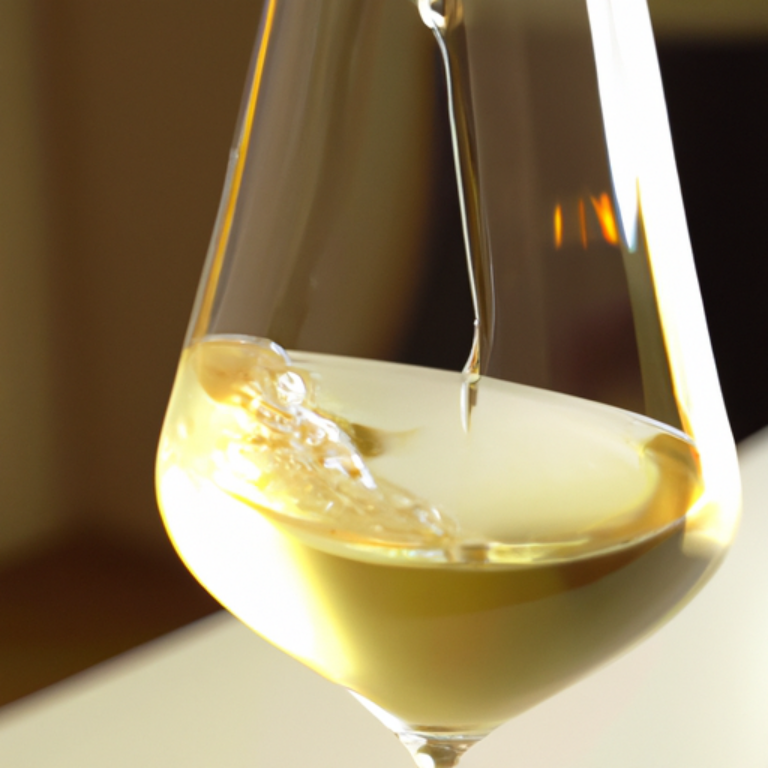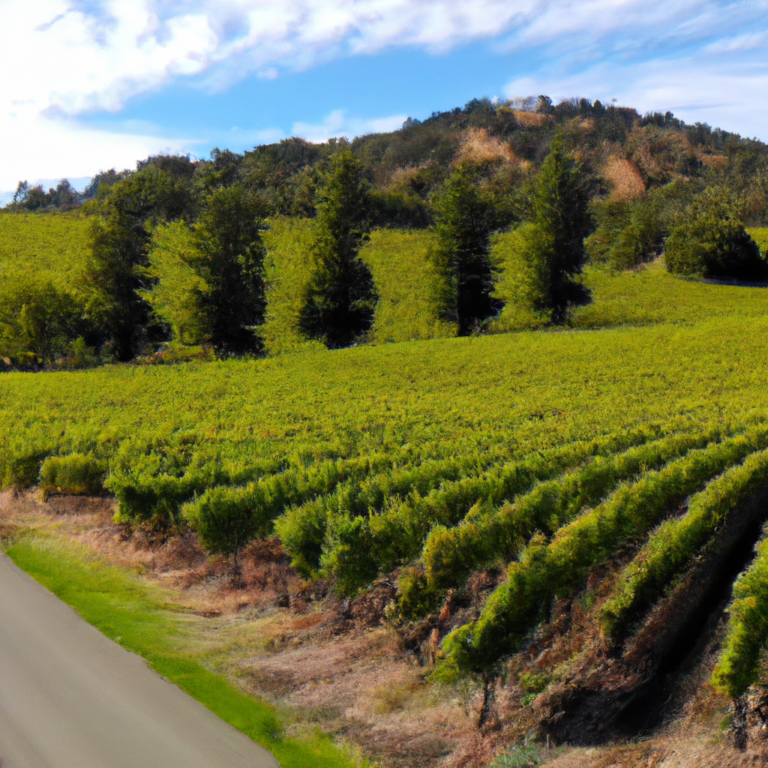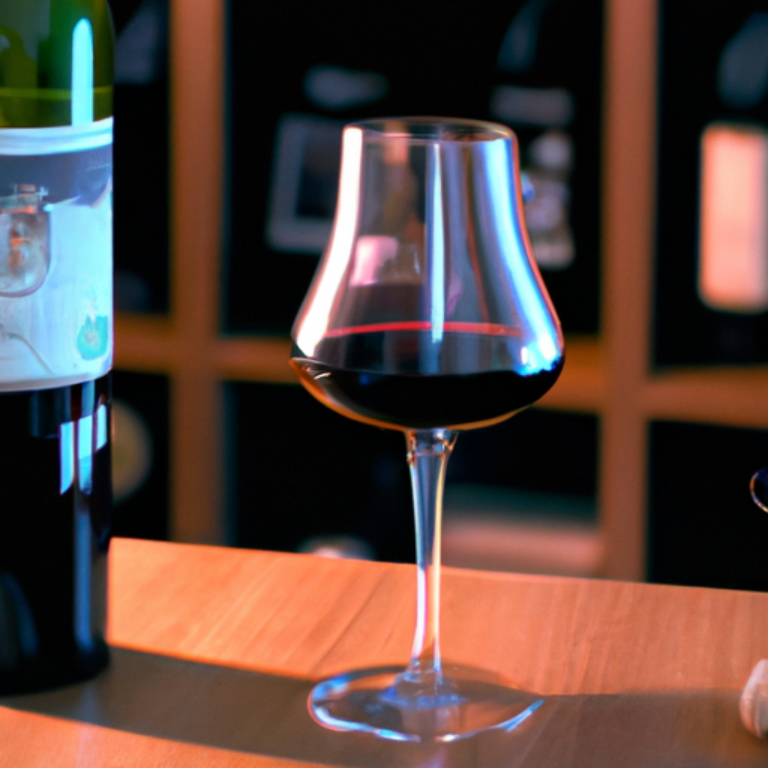Understanding the Distinct Flavors of Oaked and Unoaked Chardonnay
-
Article Summary
- Understanding the Distinct Flavors of Oaked and Unoaked Chardonnay
- Key Takeaways
- Introduction: The Chardonnay Dichotomy
- The Richness of Oaked Chardonnay
- The Freshness of Unoaked Chardonnay
- Choosing Between Oaked and Unoaked Chardonnay
- FAQ Section
- 1. What is the difference between oaked and unoaked Chardonnay?
- 2. Which is better, oaked or unoaked Chardonnay?
- 3. What food pairs well with oaked Chardonnay?
- 4. What food pairs well with unoaked Chardonnay?
- 5. Does the region affect the flavor of Chardonnay?
- Conclusion: The Versatility of Chardonnay
- Revisiting the Key Takeaways
Understanding the Distinct Flavors of Oaked and Unoaked Chardonnay
[youtubomatic_search]
Key Takeaways
- Oaked and unoaked Chardonnay offer distinct flavor profiles due to the different winemaking processes.
- Oaked Chardonnay is aged in oak barrels, which imparts a rich, buttery flavor with notes of vanilla, toast, and caramel.
- Unoaked Chardonnay is fermented in stainless steel or concrete vats, resulting in a crisp, fruit-forward wine with flavors of apple, pear, and citrus.
- The choice between oaked and unoaked Chardonnay often comes down to personal preference, with some wine enthusiasts appreciating the complexity of oaked Chardonnay, while others prefer the freshness and purity of fruit in unoaked Chardonnay.
- Both styles of Chardonnay can be enjoyed with a variety of foods, but they each pair best with different types of dishes.
Introduction: The Chardonnay Dichotomy
Chardonnay, one of the most popular white wine varietals in the world, is known for its versatility in winemaking. This grape can produce a wide range of flavors, from crisp and fruity to rich and buttery, depending on how it’s made. The most significant factor that influences the flavor of Chardonnay is whether it’s oaked or unoaked. This article will delve into the distinct flavors of oaked and unoaked Chardonnay, exploring how the winemaking process affects the taste and offering insights into which style might suit your palate.
The Richness of Oaked Chardonnay
Oaked Chardonnay is aged in oak barrels, a process that imparts a rich, creamy texture and complex flavors to the wine. The oak aging process can introduce notes of vanilla, toast, caramel, and even a hint of coconut to the wine. This is due to the chemical compounds in the oak, which interact with the wine during the aging process. The result is a full-bodied, complex wine that can stand up to rich, creamy dishes like lobster bisque or chicken alfredo.
The Freshness of Unoaked Chardonnay
Unoaked Chardonnay, on the other hand, is fermented in stainless steel or concrete vats. This process preserves the natural fruit flavors of the grape, resulting in a wine that is crisp, fresh, and fruit-forward. Unoaked Chardonnay often has flavors of apple, pear, and citrus, with a bright acidity that makes it a refreshing choice for warm weather. This style of Chardonnay pairs well with lighter dishes like grilled fish or a crisp salad.
Choosing Between Oaked and Unoaked Chardonnay
The choice between oaked and unoaked Chardonnay often comes down to personal preference. Some wine enthusiasts appreciate the complexity and depth of flavor in oaked Chardonnay, while others prefer the freshness and purity of fruit in unoaked Chardonnay. It’s also worth noting that the flavor of Chardonnay can vary greatly depending on the region where the grapes are grown, with cooler climates producing more crisp, acidic wines and warmer climates producing richer, fuller-bodied wines.
FAQ Section
1. What is the difference between oaked and unoaked Chardonnay?
Oaked Chardonnay is aged in oak barrels, which imparts a rich, buttery flavor to the wine. Unoaked Chardonnay is fermented in stainless steel or concrete vats, resulting in a crisp, fruit-forward wine.
2. Which is better, oaked or unoaked Chardonnay?
Neither is inherently better than the other; it comes down to personal preference. Some people prefer the complexity of oaked Chardonnay, while others enjoy the freshness of unoaked Chardonnay.
3. What food pairs well with oaked Chardonnay?
Oaked Chardonnay pairs well with rich, creamy dishes like lobster bisque or chicken alfredo.
4. What food pairs well with unoaked Chardonnay?
Unoaked Chardonnay pairs well with lighter dishes like grilled fish or a crisp salad.
5. Does the region affect the flavor of Chardonnay?
Yes, the flavor of Chardonnay can vary greatly depending on the region where the grapes are grown. Cooler climates produce more crisp, acidic wines, while warmer climates produce richer, fuller-bodied wines.
Conclusion: The Versatility of Chardonnay
In conclusion, the distinct flavors of oaked and unoaked Chardonnay showcase the versatility of this popular grape varietal. Whether you prefer the rich, buttery flavors of oaked Chardonnay or the crisp, fruit-forward flavors of unoaked Chardonnay, there’s a style to suit every palate. The next time you’re selecting a bottle of Chardonnay, consider whether you’d prefer an oaked or unoaked style, and enjoy exploring the diverse flavors that this versatile grape has to offer.
Revisiting the Key Takeaways
- Oaked and unoaked Chardonnay offer distinct flavor profiles due to the different winemaking processes.
- Oaked Chardonnay is aged in oak barrels, which imparts a rich, buttery flavor with notes of vanilla, toast, and caramel.
- Unoaked Chardonnay is fermented in stainless steel or concrete vats, resulting in a crisp, fruit-forward wine with flavors of apple, pear, and citrus.
- The choice between oaked and unoaked Chardonnay often comes down to personal preference, with some wine enthusiasts appreciating the complexity of oaked Chardonnay, while others prefer the freshness and purity of fruit in unoaked Chardonnay.
- Both styles of Chardonnay can be enjoyed with a variety of foods, but they each pair best with different types of dishes.
[youtubomatic_search]

